Features

LJN Quarterly Update: 2024 Q2
The LJN Quarterly Update highlights some of the articles from the nine LJN Newsletters titles over the quarter. Articles include in-depth analysis and insights from lawyers and other practice area experts.
Features

Blockchain Domains: New Developments for Brand Owners
Blockchain domain names offer decentralized alternatives to traditional DNS-based domain names, promising enhanced security, privacy and censorship resistance. However, these benefits come with significant challenges, particularly for brand owners seeking to protect their trademarks in these new digital spaces.
Features
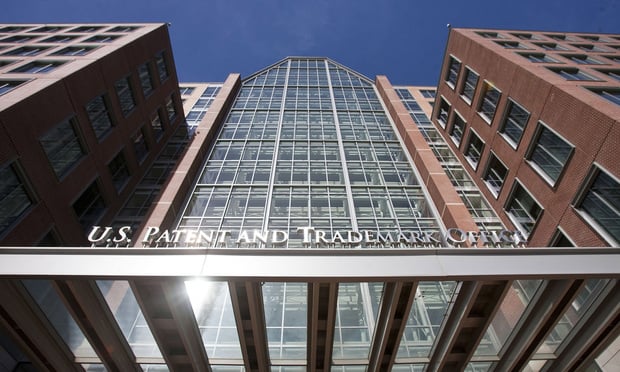
Key Takeaways from the Latest USPTO Guidance on AI
The April Guidance, which supplements prior guidance issued in February, seeks to remind practitioners of existing rules and to educate them on potential risks associated with artificial intelligence tool use, allowing practitioners to mitigate these risks.
Features

Adidas Stripe Design Battle Reveals Intricacies of Trademarks In the Fashion World
Although the bitter legal battle between Adidas and Thom Browne is far from over on either side of the pond, the case illustrates the challenges of ensuring trademark protection for simple and widely employed design elements.
Features
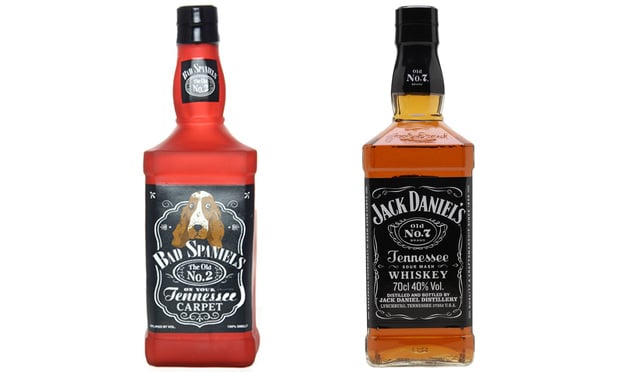
Trademark Trial and Appeal Board's View of Parodies
While most trademark-related lawyers are familiar with the "Bad Spaniels" and "Chewy Vuitton" federal court decisions on trademark parody, decisions by the USPTO Trademark Trial and Appeal Board on trademark parody marks are rarely examined.
Features
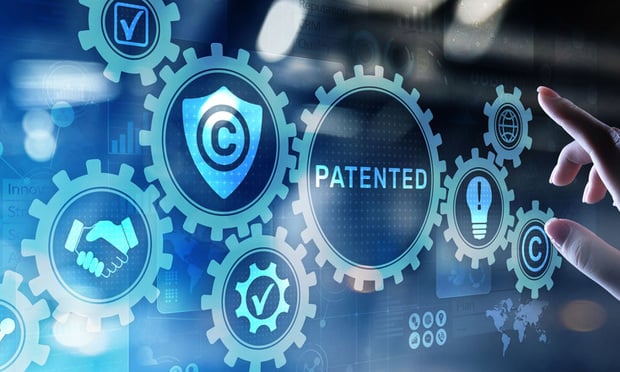
Intellectual Property In Legal Tech: Lessons from Recent Cases
As technology continues to permeate the legal industry, the significance of IP in safeguarding innovations, ensuring fair competition, and fostering a culture of creative legal solutions becomes paramount.
Features

Creative Expression vs. the Lanham Act: Six Months of Cases After Jack Daniel's
Last Term, the U.S. Supreme Court decided Jack Daniel's v. VIP Products — a case involving interaction between the Lanham Act and the First Amendment. This article traces the lower courts' reactions and applications to that decision.
Features

How Energy Drink's "Purple Rain" Trademark Application Was Rejected
Despite the fact that the trademark manual of examining procedure (TMEP) are readily available and searchable online, there are still a large number of applications that trademark examiners and judges must reject because the application does not conform to one or more conditions set forth in the Lanham Act or TMEP.
Features
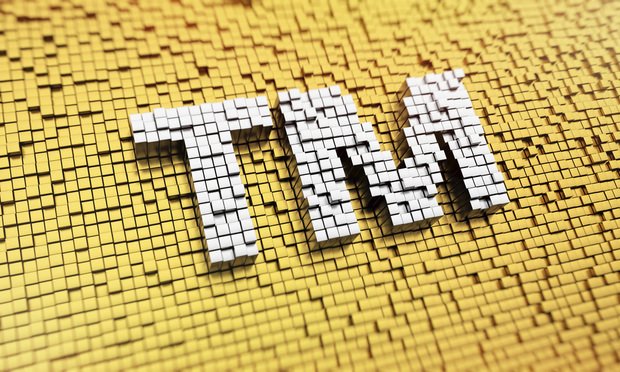
The Presumption of Irreparable Harm After the Trademark Modernization Act Of 2020: The Good, the Bad and the Ugly
This article explores developments (both positive and negative) in the post-TMA world in which courts have wrestled with implementation of the presumption of irreparable harm in trademark cases.
Features
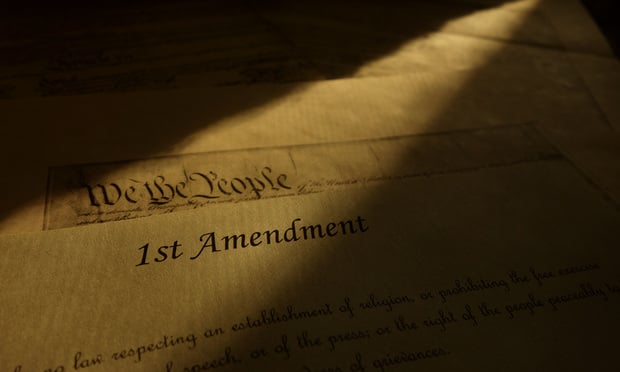
Supreme Court to Consider If Lanham Act's Name Trademark Prohibition Violates First Amendment
This case has important implications not only for trademark registrations, but also potentially in determining collisions between trademark rights, rights of publicity, and freedom of speech considerations in future cases.
Need Help?
- Prefer an IP authenticated environment? Request a transition or call 800-756-8993.
- Need other assistance? email Customer Service or call 1-877-256-2472.
MOST POPULAR STORIES
- The 'Sophisticated Insured' DefenseA majority of courts consider the <i>contra proferentem</i> doctrine to be a pillar of insurance law. The doctrine requires ambiguous terms in an insurance policy to be construed against the insurer and in favor of coverage for the insured. A prominent rationale behind the doctrine is that insurance policies are usually standard-form contracts drafted entirely by insurers.Read More ›
- A Lawyer's System for Active ReadingActive reading comprises many daily tasks lawyers engage in, including highlighting, annotating, note taking, comparing and searching texts. It demands more than flipping or turning pages.Read More ›
- The Brave New World of Cybersecurity Due Diligence in Mergers and Acquisitions: Pitfalls and OpportunitiesLike poorly-behaved school children, new technologies and intellectual property (IP) are increasingly disrupting the M&A establishment. Cybersecurity has become the latest disruptive newcomer to the M&A party.Read More ›
- Abandoned and Unused Cables: A Hidden Liability Under the 2002 National Electric CodeIn an effort to minimize the release of toxic gasses from cables in the event of fire, the 2002 version of the National Electric Code ("NEC"), promulgated by the National Fire Protection Association, sets forth new guidelines requiring that abandoned cables must be removed from buildings unless they are located in metal raceways or tagged "For Future Use." While the NEC is not, in itself, binding law, most jurisdictions in the United States adopt the NEC by reference in their state or local building and fire codes. Thus, noncompliance with the recent NEC guidelines will likely mean that a building is in violation of a building or fire code. If so, the building owner may also be in breach of agreements with tenants and lenders and may be jeopardizing its fire insurance coverage. Even in jurisdictions where the 2002 NEC has not been adopted, it may be argued that the guidelines represent the standard of reasonable care and could result in tort liability for the landlord if toxic gasses from abandoned cables are emitted in a fire. With these potential liabilities in mind, this article discusses: 1) how to address the abandoned wires and cables currently located within the risers, ceilings and other areas of properties, and 2) additional considerations in the placement and removal of telecommunications cables going forward.Read More ›
- Guidance on Distributions As 'Disbursements' and U.S. Trustee FeesIn a recent case from the Bankruptcy Court for the District of Delaware, In re Paragon Offshore PLC, the bankruptcy court provided guidance on whether a post-plan effective date litigation trust's distributions constituted disbursements subject to the U.S. Trustee fee "tax."Read More ›
